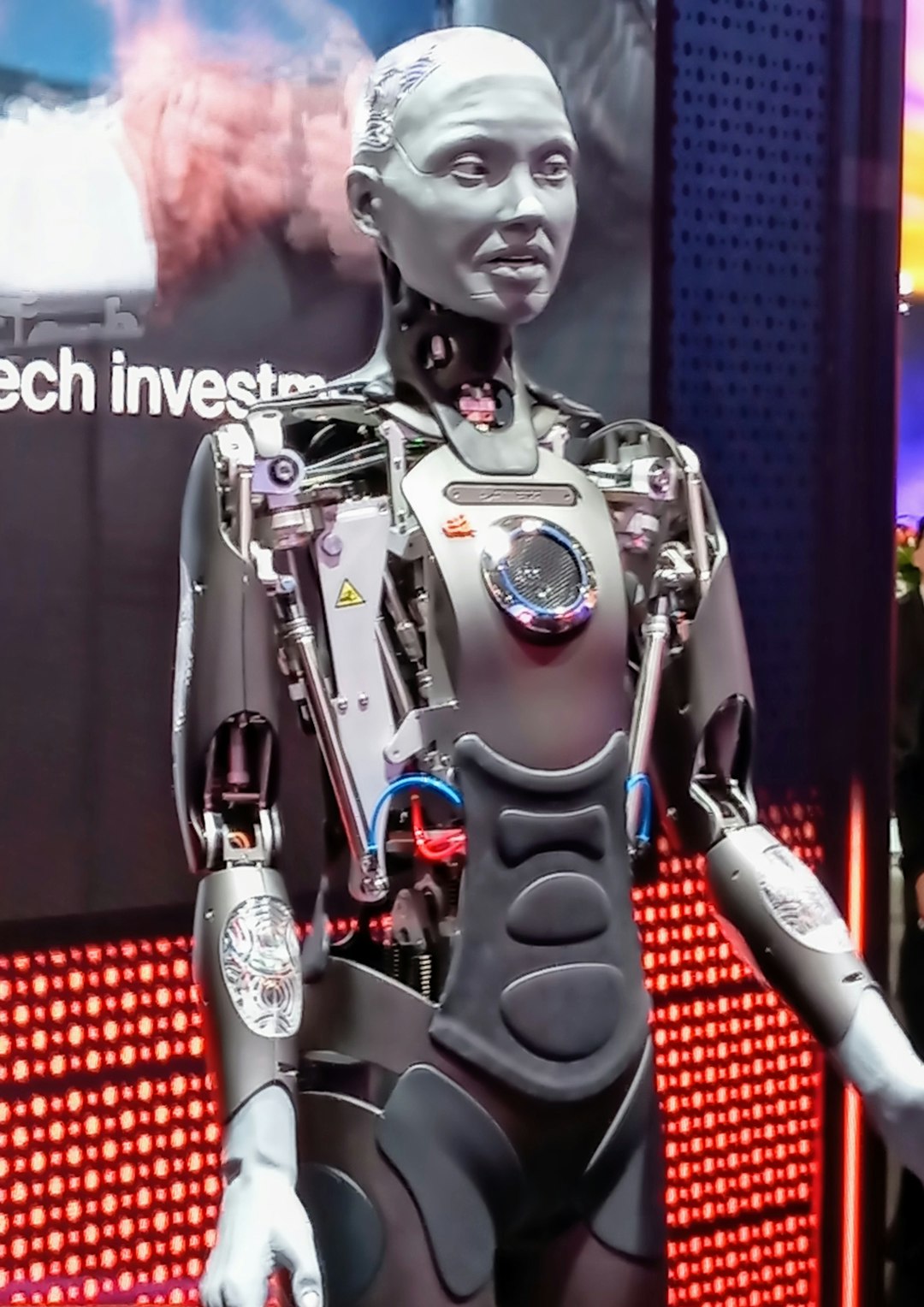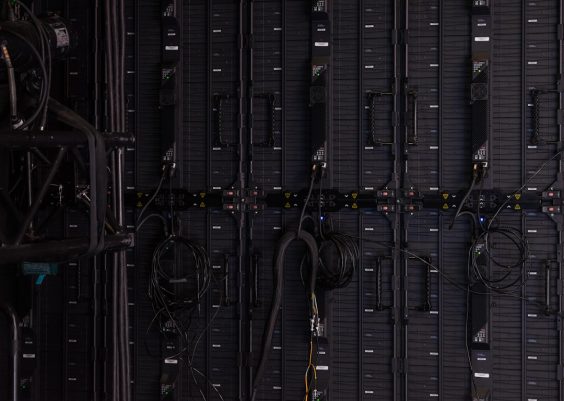Artificial intelligence (AI) has evolved from theoretical concept to transformative technology, and tracking its development is crucial for researchers, policymakers, and businesses worldwide. The Artificial Intelligence Index Report, developed by Stanford University’s Human-Centered AI Institute, serves as a benchmark for measuring AI’s progress across various dimensions. This annual report aggregates and analyzes data from a wide range of sources to provide a clear view of how AI technologies are evolving and being adopted across sectors.
What is the Artificial Intelligence Index Report?
The Artificial Intelligence Index Report is a comprehensive document that collects data on the growth and impact of artificial intelligence. First published in 2017, it is updated annually and offers insights into a plethora of factors shaping the AI landscape, including:
- Research activity and academic output
- Investment trends in AI startups
- Industrial adoption rates
- Ethical and political considerations
- Public perception of AI technology
This report is widely used by governments, tech industry stakeholders, academic institutions, and media outlets to evaluate AI developments in an informed and data-driven manner.
How the Report Tracks AI Research Progress
One of the key pillars of the AI Index Report is the analysis of academic research. It compiles data from leading universities, journals, and conferences to demonstrate trends in AI research output. Metrics include:
- Number of AI-related research papers published annually
- Citation counts indicating influence in the field
- Monthly downloads of open-source AI repositories on platforms like GitHub
Notably, the report also breaks down contributions by geographic region, helping visualize global disparities and growth rates. AI research has been increasingly dominated by regions such as North America, China, and the EU, with emerging contributions from other nations.

An important trend captured by the report is the rise of interdisciplinary studies. Many AI research papers today explore AI’s interaction with fields such as neuroscience, chemistry, and environmental science, showing that AI’s impact is no longer confined to computer science alone.
Monitoring AI Adoption in Industry
In addition to academia, the report extensively tracks the integration of AI across industries. Adoption is gauged through indicators such as:
- Venture capital funding levels in AI-related startups
- Job postings requiring AI skills or tools like TensorFlow and PyTorch
- AI-driven patents filed annually by firms
- Survey responses from business leaders on AI use cases
The findings often highlight sectors like healthcare, finance, and mobility as being early adopters of AI. In 2023, the report showed significant investments in generative AI tools, spurred in part by the popularization of applications like ChatGPT and MidJourney.
Geographic insights are critical here as well. While the United States and China still lead in venture funding, other countries are making significant strides in AI policy frameworks and government-supported research initiatives.
Ethical and Societal Considerations
The AI Index Report is not solely technological; it delves into moral and societal concerns as well. By aggregating data from policy documents, think tanks, and public opinion surveys, the report illustrates how various stakeholders are responding to the ethics of AI.
For example, increasing attention is being paid to:
- Bias and fairness in AI algorithms
- Transparency and explainability of AI models
- AI regulation and governance structures
It enables tracking of global legislative efforts, including debates around the EU AI Act and executive orders in the United States. The report also measures how often “AI ethics” is mentioned in publications and tracks new courses or academic centers focused on responsible AI.

This section is particularly valuable to civil society organizations and regulators concerned with aligning AI innovation with human values and long-term societal benefit.
Technical Benchmarks and Performance Metrics
The AI Index also compares performance levels of state-of-the-art AI models across benchmark tasks. These include image recognition, natural language processing, and reinforcement learning challenges like playing Go or complex video games.
The benchmarks are crucial for:
- Demonstrating year-over-year progress in technical efficiency
- Highlighting which models are leading in performance and usability
- Identifying sudden breakthroughs or plateaus in development
In 2023, a noticeable trend was the rapid advancement in large language models (LLMs) such as GPT-4 and PaLM, which continued to raise the bar for generative AI technology in both business and research contexts.
Public Perception and Media Analysis
Understanding how AI is viewed by society is another critical component of the AI Index Report. By analyzing data from surveys, social media, and news coverage, the report paints a picture of public sentiment toward AI. It tracks:
- Levels of trust in AI technologies
- Popular concerns like job displacement or surveillance
- Interest in AI careers and education
Sentiment analysis reveals a mixed public outlook: while optimism remains high regarding AI’s ability to streamline industries and solve big problems, skepticism persists around transparency, ethical use, and unintended consequences.
Conclusion
The Artificial Intelligence Index Report is a critical resource for understanding and guiding the evolution of AI. By compiling authoritative data from diverse sources and presenting it in a digestible format, the report empowers better policy decisions, business strategies, and academic initiatives. In an age of rapid technological change, having such a comprehensive lens on AI progress is more vital than ever.
Frequently Asked Questions (FAQ)
- Q: Who publishes the Artificial Intelligence Index Report?
A: It is published by the Stanford Institute for Human-Centered Artificial Intelligence (HAI). - Q: How often is the AI Index Report updated?
A: The report is updated annually, typically released in the first quarter of the year. - Q: What regions does the report cover?
A: The report offers global coverage but pays special attention to countries leading in AI research and adoption, such as the U.S., China, EU nations, and others. - Q: Is the AI Index Report free to access?
A: Yes, the report is freely available to the public through Stanford’s HAI website. - Q: What is the significance of technical benchmarks in the report?
A: Technical benchmarks help demonstrate the real-world capabilities of AI systems, showing how they perform on standardized tasks over time. - Q: Does the report address AI’s impact on jobs?
A: Yes, it regularly assesses AI’s influence on job markets both in terms of displacement and the creation of new roles.




